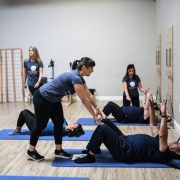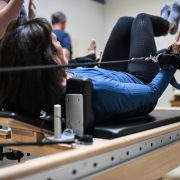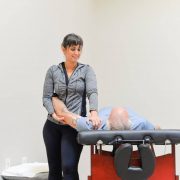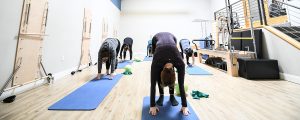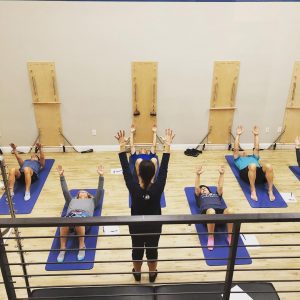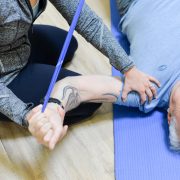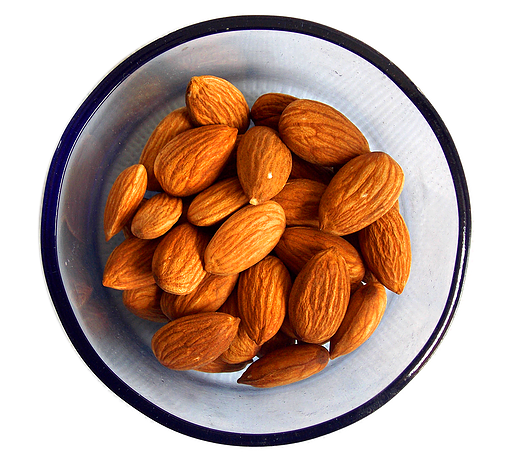Setting Goals for the New Year? We can help!
A new decade is on the horizon, and so are new health and wellness goals for many of us!
Are you already discussing resolutions or considering ways to make 2020 your best yet? The new year is a great opportunity to form new habits that will help us become our healthiest, happiest selves. Setting detailed goals is a constructive way to approach the 2020’s that can help you feel more motivated and hopeful about the future.
The idea of New Year’s resolutions is great, but most people only stick to them for a couple weeks.
Resolutions are so often left unfulfilled in part because they’re usually pretty general statements that are made without much forethought, intention, or planning. At some point we’ve probably all resolved to “get healthy” or “eat more vegetables” or “spend less money.” All worthy ideas, but can you see why people don’t follow through?! There’s WAY too much wiggle room, and nowhere near enough specificity. That’s why oftentimes, setting goals with distinct processes will help you accomplish much more than a run-of-the-mill resolution.
There are two essential factors in goal setting. First, the goal must be attainable. Secondly, you must define concrete steps that you intend to take towards reaching that goal.
Most of us want to be healthier, but what does that actually look like? One person’s journey to becoming healthy could be totally different from another’s. These goals can be made in conjunction with a health professional such as a physical therapist, especially if they relate to mobility, strength, and physical activity. Many of us have intended to “exercise more,” but those two words rarely yield results. A more effective goal might be to enroll in a Pilates class, take a half hour walk outside five days a week, drink the recommended 64 ounces of water each day, or to do ten minutes of stretching every morning after getting out of bed.
A group program such as Pilates can be especially helpful because it gives you a sense of accountability and camaraderie. In fact, our signature Pilates 101 program is relaunching in January, and we are so excited about it! Pilates 101: Get [Your] Back to Health is a one-of-a-kind 8-week program that delivers safe, yet highly effective Pilates-based core strengthening exercises that are easy on the joints, designed to lessen back pain, and help improve your flexibility and posture.
If you can track, schedule, or measure the steps of your goal, you’ll know when you’re making progress. If those steps happen alongside people who share similar goals and under the direction of a movement expert who can support you for two whole months — even better!
So, let’s finish off this decade strong — and don’t miss out on Pilates 101! These spots go fast, so apply now to make sure you don’t miss your chance.

